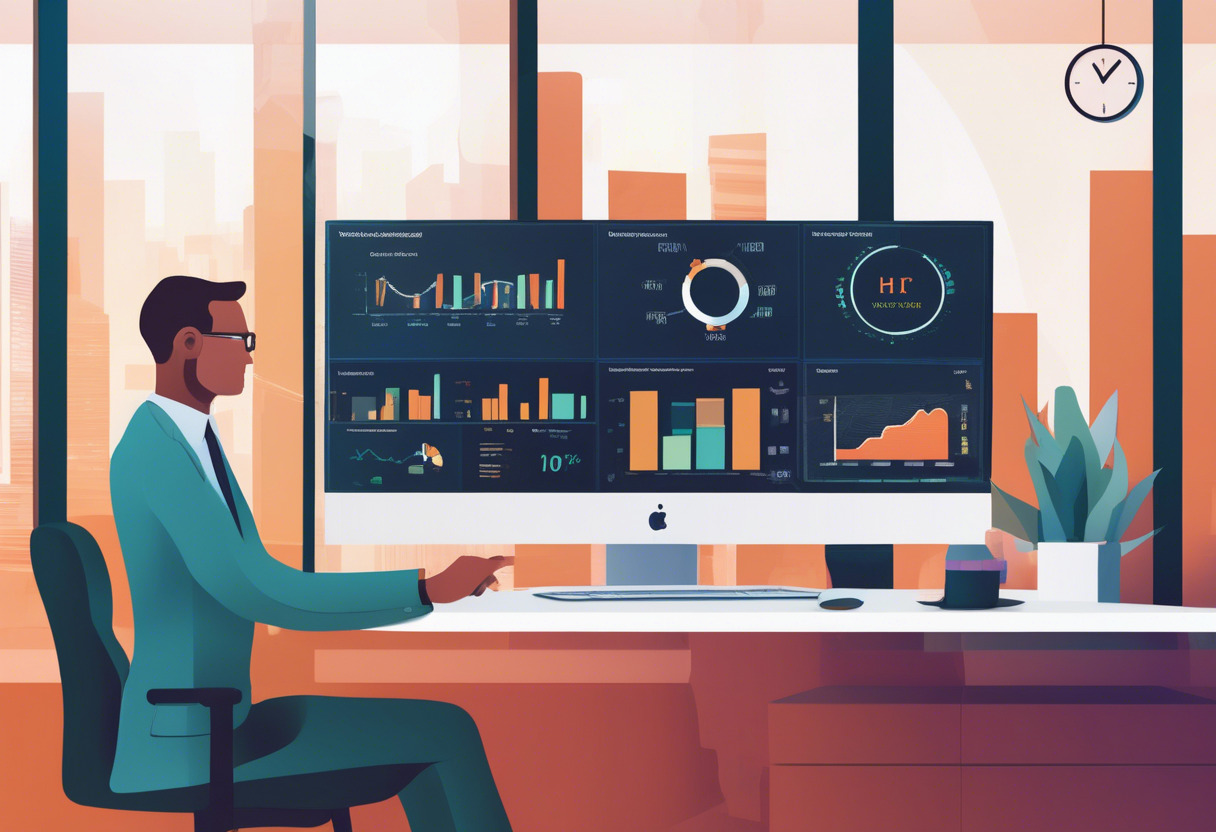
In the fast-changing world of business, using data to make decisions is more important than ever, especially in human resources. Companies that use people analytics are 30% more likely to do better than their competitors. This shows just how powerful people analytics can be in changing HR strategies. As we get closer to 2025, using advanced analytics in HR isn't just a future idea—it's a must-do strategy. In this article, we'll look at how people analytics has evolved, check out the trends shaping its future, and see how it can be used to improve workforce management. We'll cover real-life examples and touch on the ethical side of using data. Whether you're an HR pro wanting to stay ahead or a business leader aiming to boost your workforce strategies, keep reading to see how people analytics can take your HR efforts to the next level!
Summary: This article describes the evolution and key trends in people analytics within HR strategies, highlighting practical applications, successful case studies, and the role of AI. It also addresses ethical considerations and the importance of data literacy for effective people analytics.
The Evolution of People Analytics in HR Strategies
Key Concepts in People Analytics
People analytics has come a long way. It used to be about simple HR metrics like headcount and turnover rates, which only provided a retrospective view. However, with the advent of cloud-based HR systems, machine learning, and predictive analytics, the field has become significantly more advanced.
Today, we can:
- Forecast trends and anticipate employee departures.
- Gain real-time insights into employee engagement and performance.
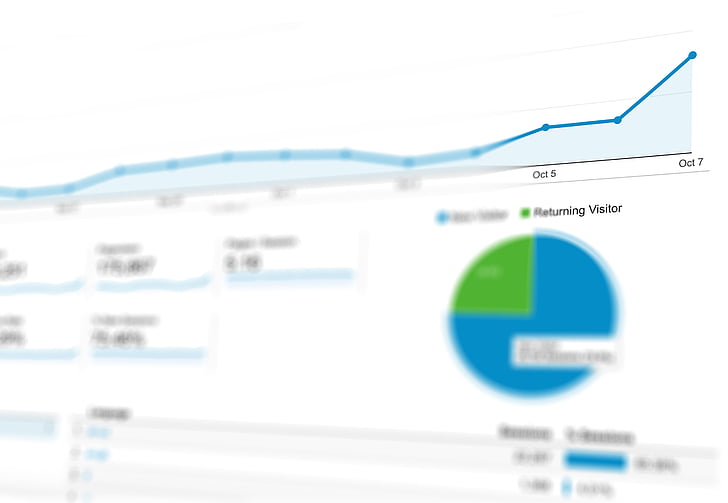
These capabilities empower CHROs to shape business strategies proactively, addressing potential issues before they arise.
The transition to hybrid work and the emphasis on diversity, equity, and inclusion have accelerated these advancements, positioning people analytics as a crucial element in shaping organizational decisions and culture.
For more information, explore these resources:
Emerging Trends in People Analytics for 2025
Predictive and Prescriptive Workforce Analytics
Predictive workforce analytics is advancing rapidly, enabling HR teams to identify potential issues such as employee turnover, dips in engagement, and skill gaps before they occur. By catching these trends early, organizations can plan better and act sooner. AI serves as the engine driving these predictions, offering insights into talent needs and workforce shifts. However, with this power comes the responsibility to ensure ethical practices that are fair and transparent.
Prescriptive analytics takes it a step further by breaking down complex data to suggest actionable steps for improving retention, development, and workforce planning. This shift from periodic reports to constant guidance makes HR more responsive and strategically aligned.
AI-Driven Innovations in People Analytics
AI is transforming people analytics by providing deep, quick insights that link human capital data directly to business results. Not long ago, only a small fraction of companies could achieve this connection. Today, advanced AI platforms pinpoint essential skills, salary ranges, and talent pipelines with remarkable accuracy, addressing workforce shortages and skill mismatches head-on.
The rise of ethical AI analytics is crucial, ensuring fairness and transparency in AI-driven HR decisions. AI enhances predictive capabilities, identifying workforce challenges and opportunities, making HR analytics sharper and more strategic. Diversio's AI-powered Recommendation Engine™ exemplifies responsible AI use, combining robust data analysis with ethical design for unbiased insights.
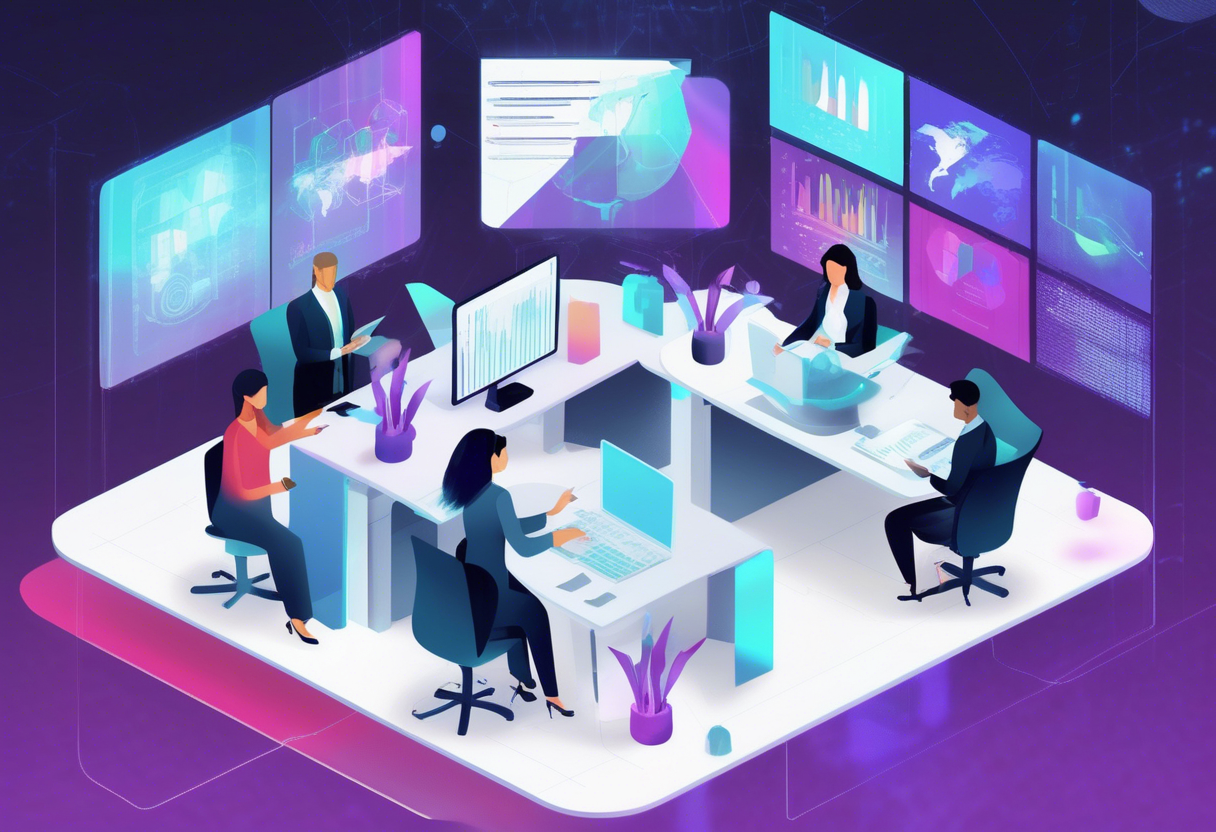
Leveraging Real-Time Data in People Analytics
Real-time data is shifting HR analytics from a retrospective approach to a dynamic, ongoing check-up on the organization. This transition allows for quick responses to workforce changes, enabling HR teams to monitor engagement, productivity, and well-being as they happen. Continuous data streams catch early signs of disengagement or burnout, supporting smarter retention strategies by linking growth opportunities to feelings of belonging and engagement.
In today’s fast-paced business environment, real-time analytics are essential for quick, informed decisions, keeping organizations agile and ready for new trends.
Advancing DEI with People Analytics
DEI analytics is becoming a top priority, evolving from a moral obligation to a data-driven approach that enhances equity and inclusion. Companies increasingly use DEI metrics to identify exclusion or bias patterns and create targeted actions that promote belonging and fairness. Integrating DEI analytics into HR practices is transforming workplace culture and is vital for long-term success.
Tools like Visier and Culture Amp offer robust DEI analytics, helping companies measure the effectiveness of their initiatives and develop strategies to address inequities.
Measuring Employee Well-Being Through Analytics
Employee well-being is now a key metric in people analytics, with organizations actively tracking and acting on well-being data to enhance workforce health and productivity. Well-being analytics highlight stressors and burnout risks, enabling timely support and interventions. This focus on well-being is part of a broader trend where HR analytics not only count heads but also assess the quality of employee experience and engagement.
Platforms like Qualtrics and Limeade provide solutions to track well-being metrics, helping organizations create wellness programs that meet their employees' needs. By prioritizing well-being, companies can improve employee satisfaction, increase retention, and boost overall performance, leading to a healthier and more productive workplace.
In conclusion, the people analytics landscape in 2025 is centered around advanced AI, real-time data, DEI initiatives, and a focus on employee well-being. These trends signify a significant shift in how HR utilizes data, emphasizing predictive and prescriptive analytics, ethical AI, and alignment with business goals. As companies continue to explore this field, transparency, fairness, and accountability will be crucial to fully harnessing the power of people analytics.
For more insights into these trends and their implications for HR's future, explore AIHR and Leapsome.
Practical Applications of People Analytics
Workforce Planning and Optimization with People Analytics
People analytics can revolutionize how organizations plan and optimize their workforce. Consider a large mining company in Zimbabwe, which utilized data spanning 17 quarters to fine-tune its staffing, achieving cost savings within a few months. Predictive analytics helps determine labor needs, enabling companies to decide whether to hire, train, or reallocate personnel. This approach streamlines operations and reduces employee turnover.
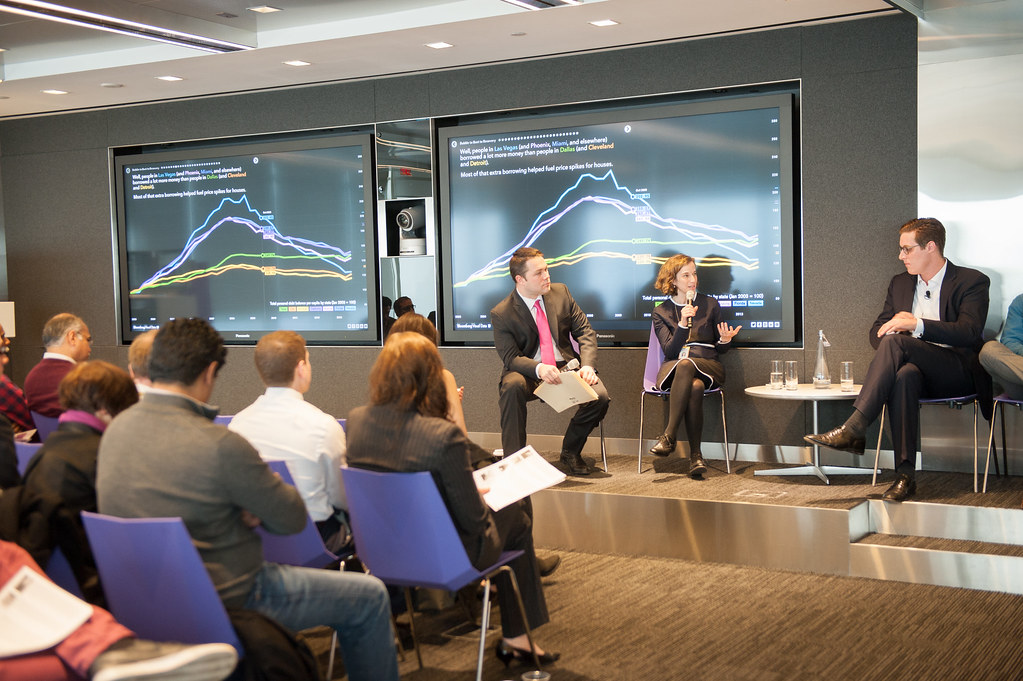
Moreover, analytics can identify skill shortages by examining employee data alongside market trends. This facilitates workforce development planning aligned with industry demands, similar to the initiatives by the Mexican Ministry of Energy. Utilizing data for workforce planning enables cost-effective personnel movement and minimizes retrenchment costs by identifying overstaffed or understaffed areas.
Boosting Employee Retention with People Analytics
Retaining top talent is challenging, but people analytics can pinpoint employees at risk of leaving. With this insight, companies can develop retention programs that enhance satisfaction and reduce turnover costs, as demonstrated by Credit Suisse. By analyzing engagement and performance data, companies can refine strategies to retain employees. Initiatives such as flexible schedules or personalized training can make a significant impact.
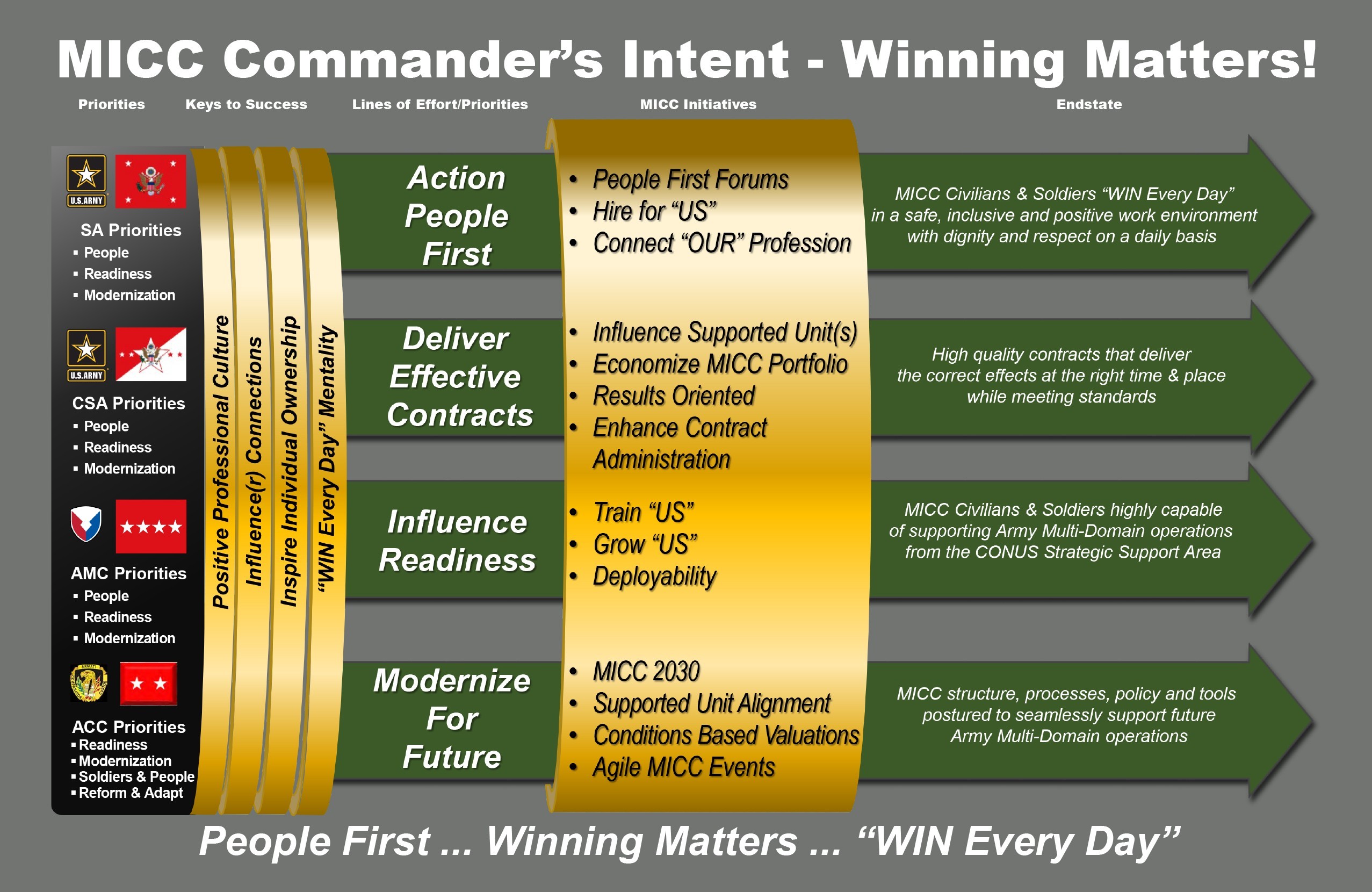
Data insights also reveal how training influences performance and retention. Targeted training can increase productivity by 17% and improve employees' perception of their performance by 59%. Monitoring employee well-being through analytics allows organizations to proactively address morale and reduce voluntary departures.
Skills Mapping and Upskilling with People Analytics
People analytics is essential for identifying current and future skill gaps by comparing workforce capabilities to business requirements. This enables companies to design targeted upskilling and reskilling programs. Data-driven skills mapping assists in deciding whether to ‘buy, build, or borrow’ talent, enhancing recruitment and internal development efficiency.
By tracking performance and training outcomes with analytics dashboards, companies can tailor learning to individual or group needs, optimizing upskilling efforts. A Dutch FMCG retailer employed A/B testing to assess the ROI of training, realizing financial gains of up to 400%.
Customizing Rewards and Recognition with People Analytics
People analytics aids in crafting personalized rewards and recognition programs by analyzing employee engagement, performance, and preferences. This approach enhances motivation and retention. Data insights identify which recognition types—such as cash rewards, public praise, or career growth opportunities—are most effective for different groups, enabling targeted and impactful reward strategies.
By correlating rewards data with business outcomes, companies can refine incentive programs to promote desired behaviors and boost overall productivity and satisfaction. Analytics also monitors the effectiveness of recognition programs over time, ensuring they evolve with changing employee needs and organizational objectives.
For more on how companies like Fam Brands and ShipSticks have successfully used people analytics, check out their case studies. Additionally, the AIHR blog provides insights into how a large mining company in Zimbabwe optimized staffing levels and how a Dutch FMCG retailer measured training impact through A/B testing.
Case Studies: Successful Implementation of People Analytics
In-Depth Organizational Analysis with People Analytics
Organizations employing people analytics have witnessed notable transformations. Consider a UK-based global conglomerate that leveraged people analytics to evaluate their leadership development program. By analyzing metrics such as performance, internal mobility, and employee net promoter scores (eNPS), they discovered that participants in the program scored 20–30% higher in performance and exhibited 25% more internal mobility than non-participants. Additionally, teams led by these program graduates experienced a +12 point increase in eNPS, indicating enhanced engagement and productivity.

eBay serves as another example, utilizing people analytics across the employee lifecycle. By focusing on retention through data-driven decisions regarding promotions, pay, and career growth, eBay underscores the importance of employees as key assets, thereby enhancing their experience and engagement.
Providence harnesses people analytics to predict job vacancies, enabling proactive hiring. This strategic foresight resulted in savings of approximately $3 million by ensuring the right people were in place at the right time.
Fam Brands utilized a workforce analytics platform to assess employee work locations. They discovered that remote workers were more productive, which informed adjustments to hybrid work policies and addressed training, hiring, and communication needs.
Gore Mutual Insurance transformed its HR operations by adopting a tech-driven people analytics platform. Transitioning from spreadsheets to a more integrated people experience improved employee engagement and aligned HR strategies with business objectives, particularly during growth and retention challenges amid the pandemic.
Overcoming Challenges with People Analytics Strategies
The UK-based conglomerate encountered skepticism regarding the value of their leadership development investments. They addressed this by establishing a robust analytics framework to demonstrate clear, measurable business outcomes. Meanwhile, Providence navigated a tight labor market by employing predictive analytics to forecast vacancies and strategically plan their workforce needs.
Fam Brands initially struggled to comprehend the impact of their hybrid work policies. By leveraging people analytics, they identified productivity trends and employee needs, enabling data-driven adjustments to work setups. ShipSticks faced challenges in customer support due to fragmented tools, which they resolved by streamlining workflows through data insights.
Measurable Outcomes and Benefits of People Analytics
The advantages of people analytics are substantial. The UK conglomerate's leadership program graduates achieved 20–30% higher performance scores and 25% greater internal mobility, along with a +12 point boost in eNPS. eBay's data-driven approach enhanced employee retention and overall experience.

Providence realized $3 million in savings by predicting vacancies and mitigating talent gaps. Fam Brands refined hybrid work policies through analytics, leading to improved workforce satisfaction and efficiency. ShipSticks increased call center efficiency by optimizing workflows, enabling representatives to better serve customers.
Gore Mutual's application of people analytics revitalized their HR focus on employee engagement and experience, supporting the company's digital transformation and workforce stability during challenging periods.
- UK-based global conglomerate
- eBay’s use of people analytics
- Providence’s strategic workforce planning
- ShipSticks call center efficiency
- Gore Mutual’s transformation
The Role of AI and Deepbrain AI in People Analytics
AI's Transformative Impact on People Analytics
AI is significantly transforming people analytics. It automates data processing, uncovers hidden patterns, and provides insights that enhance team management and decision-making. In the realm of hiring, AI accelerates resume screening and evaluates candidate compatibility with job roles and company culture, reducing both hiring time and bias.
For instance, Unilever's AI recruitment system decreased hiring time from four months to just two weeks, saving an impressive 100,000 recruiter hours. Additionally, AI can forecast potential employee turnover by analyzing reviews, surveys, and communication data, enabling proactive retention strategies. IBM's AI retention tool even predicted employee departures with 95% accuracy, potentially saving $300 million.
Generative AI further democratizes people analytics by allowing HR personnel and managers to pose questions in natural language, eliminating the need for deep analytics expertise. Moreover, AI-driven analytics can convert complex data into actionable insights, identifying early signs of burnout and disengagement and suggesting strategies to enhance productivity and retention—all while ensuring ethical data usage.
Deepbrain AI's Role in People Analytics
While specific details about Deepbrain AI's offerings in people analytics are limited, as an AI tech provider, Deepbrain AI likely offers AI-powered tools for data analysis, insight generation, and improved HR decision-making. Their use of natural language processing and generative AI simplifies analytics tool usage for HR professionals and managers, akin to chatbots facilitating queries in everyday language. With a focus on AI-driven content and data processing, Deepbrain AI can transform complex HR data into clear insights that enhance engagement, retention, and productivity.
Enhancing People Analytics with AI Studios
AI Studios, which enable the creation and deployment of AI models, can substantially enhance HR analytics. They provide customizable AI tools for automating resume screening, candidate evaluation, and predictions of potential employee turnover or disengagement. Furthermore, they integrate generative AI into people analytics software, making data more accessible for HR leaders and managers, even those without data expertise.
AI Studios ensure the ethical use of AI in HR by incorporating privacy protections, minimizing bias, and employing transparent algorithms, fostering trust in AI-powered analytics. By facilitating real-time data analysis and visualization, AI Studios convert workforce data into actionable business outcomes, supporting strategic planning and top-level improvements.

Ethical and Legal Considerations in People Analytics
Privacy Protection in People Analytics
When it comes to people analytics, protecting employee privacy is paramount. Companies must adhere to legal standards and ethical practices to safeguard personal information. This involves establishing transparent policies on data collection and usage. It's crucial to be explicit about what data is collected, its purpose, and how it will be utilized. Obtaining employees' informed consent is essential, respecting their rights to privacy and autonomy. Employees should be aware of:
- What data is collected
- Why it’s needed
- How it will be used
Robust data security measures, such as anonymization and secure storage, are vital to prevent unauthorized access and data breaches.
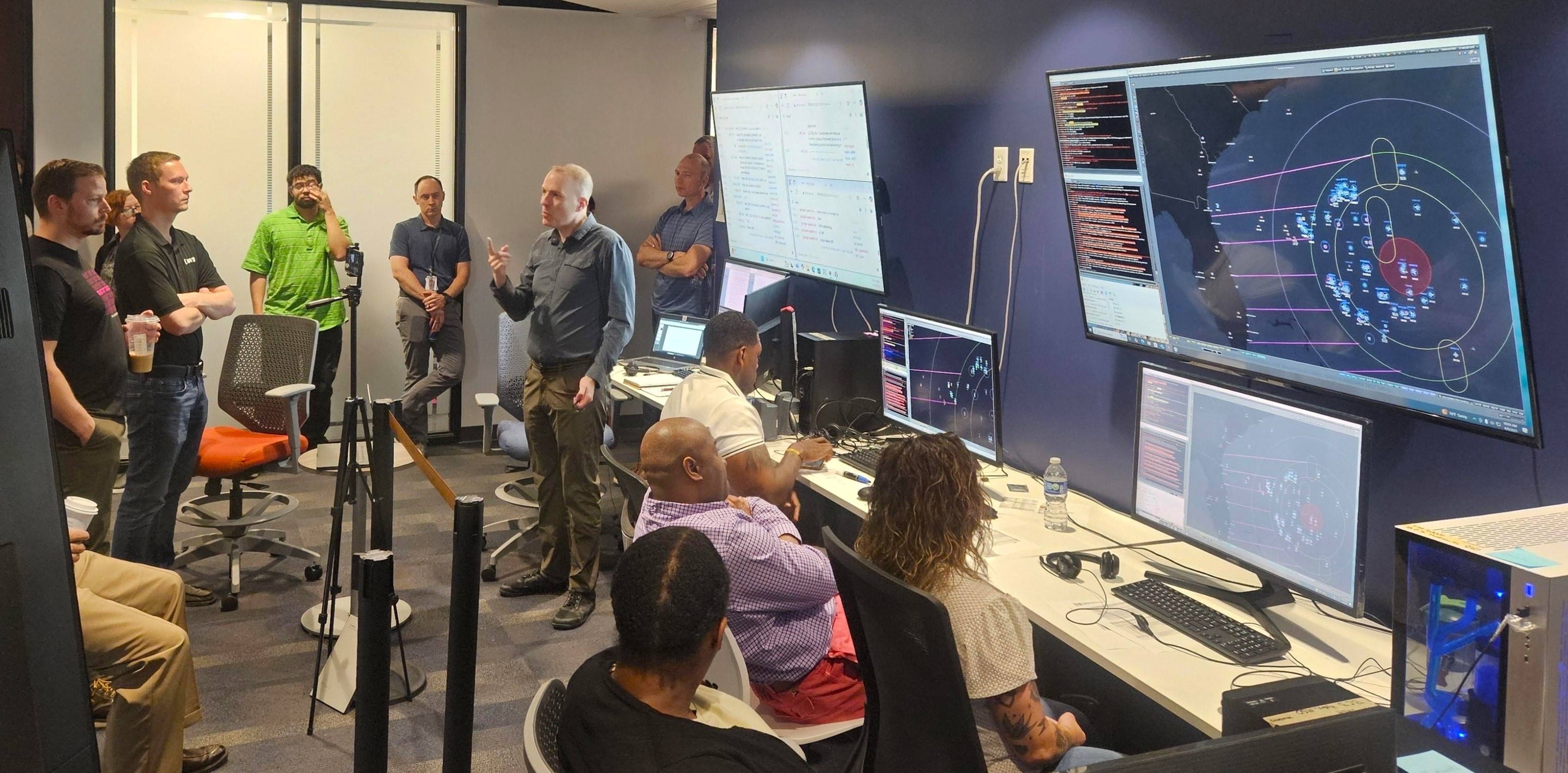
Balancing the need for insights with privacy protection requires careful consideration to avoid data misuse. Regulations like the EU GDPR mandate that companies inform employees about data processing and grant them rights to access, correct, and erase their data. However, merely complying with the law isn't sufficient for ethical people analytics.
Legal Compliance in People Analytics
Adhering to legal and regulatory requirements is crucial in people analytics to avoid penalties and maintain trust. Companies must ensure their data usage aligns with genuine business needs and document the rationale, complying with labor laws and data protection regulations like GDPR or other national laws. Developing strong data governance policies is essential, which includes defining clear roles, responsibilities, and procedures for ethical data handling and compliance checks. Regular audits are necessary to ensure compliance with privacy laws and internal standards, reducing the risk of violations. Leading companies have ethics oversight and collaborate with legal and data privacy teams to stay abreast of evolving regulations and ethical standards. Training HR and analytics staff on legal and ethical principles enhances compliance and promotes responsible data use.
Bias Mitigation Strategies in People Analytics
Reducing bias in people analytics is critical to prevent unfair treatment. Algorithms and data sets can reflect existing biases, so companies should rigorously evaluate data sources and models to identify and mitigate bias. Utilizing diverse data sets and ensuring representation across various groups helps minimize the risk of unfair outcomes. Transparency in decision-making processes derived from data supports fairness and accountability. Regularly reviewing and updating analytic tools helps detect and correct bias over time, ensuring equitable treatment for all.
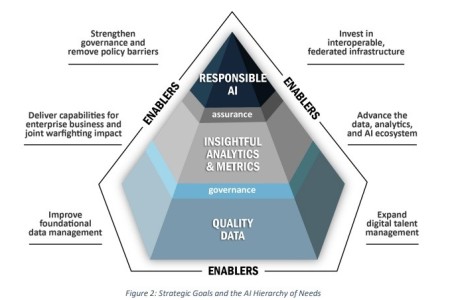
Fostering a culture of ethical awareness and inclusivity in data practices encourages vigilance against bias and supports ongoing fairness improvements. Establishing an ethics charter that evolves with technological advancements, such as generative AI, ensures fairness, transparency, and accountability in people analytics. Additionally, educating end users about data and algorithmic literacy is crucial to ensure responsible AI use, addressing concerns about reliability and fairness.
Building Data Literacy for Effective People Analytics
The Role of Data Literacy in People Analytics
Data literacy is all about understanding and using data to make smarter decisions. It's akin to being able to read and write, but with numbers and information. In people analytics, it empowers HR and business leaders to interpret workforce data, uncover valuable insights, and disseminate their findings to inform critical decisions.
When everyone in a company can work with data, it fosters enhanced collaboration, sparks innovation, and encourages smart risk-taking. This skill is essential for adapting to digital transformations and driving business growth. Often, data projects don't fail due to inadequate tools but because individuals struggle to comprehend or effectively utilize the data. Thus, data literacy is vital for everyone.
For example, if a team understands how to interpret a customer feedback dashboard, they can identify reasons for shifts in satisfaction and concentrate on meaningful improvements.

Developing People Analytics Skills Through Training
An increasing number of companies are initiating data literacy programs. In fact, 83% of Chief Data and Analytics Officers (CDAOs) report that they are developing or planning these programs to enhance data skills across their teams. Effective programs encompass both technical skills (what you can do) and mindset (what you will do), promoting data-driven decision-making.
Training should be tailored to various roles, from basic data interpretation for leaders to advanced analytics for HR specialists, ensuring everyone can leverage people analytics proficiently. The best programs provide ongoing learning opportunities, hands-on workshops, and real-life examples that connect data skills to everyday HR and business tasks. For instance, workshops that demonstrate how HR teams can interpret turnover data and correlate it with engagement survey results can enhance employee retention strategies.
Essential Tools and Resources for People Analytics
User-friendly analytics platforms and visualization tools, such as dashboards and BI software, simplify the process for non-technical individuals to engage with people data. Companies should provide resources like online courses, internal guides, and learning communities to keep skills up-to-date.

By integrating data literacy into daily operations—through built-in analytics, automated reports, and self-service tools—data utilization becomes a routine component of HR and business decision-making. Employing a modern analytics platform that enables HR managers to generate custom reports on diversity or performance trends supports informed, data-driven decisions in talent management.
People Analytics FAQ: Enhancing HR Strategies
Enhancing Employee Retention with People Analytics
People analytics can significantly enhance employee retention strategies by analyzing data related to engagement, satisfaction, and other workforce metrics. This analysis helps companies identify why employees leave, enabling them to implement targeted actions to prevent turnover. By addressing these issues proactively, companies can save on the costs associated with hiring and training new staff.
Identifying patterns and predictors of turnover allows businesses to address concerns before they become reasons for employees to leave. For example, people analytics can assess the effectiveness of onboarding processes and refine training programs to help new hires integrate better and stay longer.
Additionally, insights from people analytics enable companies to develop competitive compensation and benefits packages aligned with employee preferences, further aiding retention. By understanding what keeps employees engaged, businesses can initiate programs that boost morale and reduce turnover. A notable example is IBM, which utilizes AI and people analytics to predict employee departures with 95% accuracy, demonstrating a proactive approach to retaining valuable team members.
Key Challenges for People Analytics Implementation in 2025
Implementing people analytics in 2025 presents several challenges:
-
Data Quality and Integration: Obtaining high-quality data and integrating it across various HR systems is essential for accurate insights but can be complex.
-
Privacy and Data Protection: Navigating privacy concerns and staying compliant with evolving data protection laws requires careful handling of employee data.
-
Data Literacy and Culture: Building data literacy and fostering a data-driven culture within HR can be difficult, as not everyone possesses analytics skills.
-
Tool Selection: With numerous options available, choosing the right tools can be challenging.
-
Resistance to Change: Some leaders and employees may resist data-driven decisions, fearing surveillance or mistrusting the data.
-
Skill Gaps: A lack of analytics skills in HR teams can complicate data analysis and interpretation, necessitating upskilling or collaboration with data experts.
-
Data Availability: Smaller organizations may struggle to access sufficient relevant data for predictive analytics.
AI's Impact on the Future of People Analytics in HR
AI is revolutionizing people analytics in HR by accelerating data collection and processing, enabling the recognition of patterns for faster and more accurate insights. Machine learning models can predict employee turnover, identify potential talent, and determine training needs with greater precision than traditional methods.
AI-powered tools can analyze unstructured data, such as feedback and surveys, to gauge employee sentiment and identify issues early. Furthermore, AI facilitates personalized employee experiences by suggesting tailored development plans, career paths, and wellness programs based on individual data.
With AI, HR departments can monitor changes in real-time and respond promptly, rather than relying on periodic reports. AI also helps reduce bias in hiring and talent management by focusing on objective data, supporting diversity and inclusion. Companies leveraging AI in people analytics often experience improved collaboration across departments and more rapid responses to workforce challenges, aligning people insights with business goals.
IBM's use of AI to predict employee attrition with 95% accuracy exemplifies how AI is transforming retention strategies.
